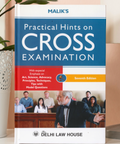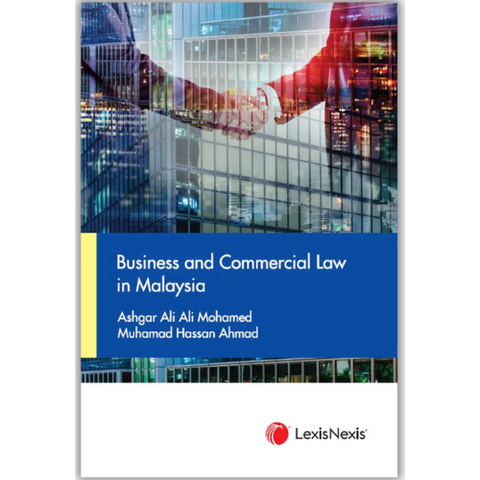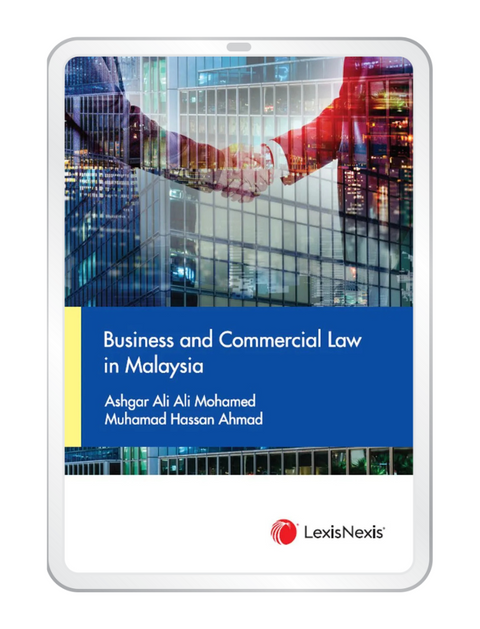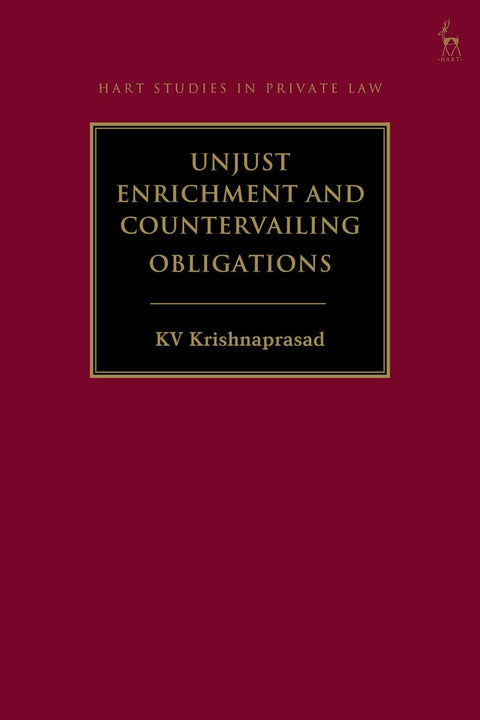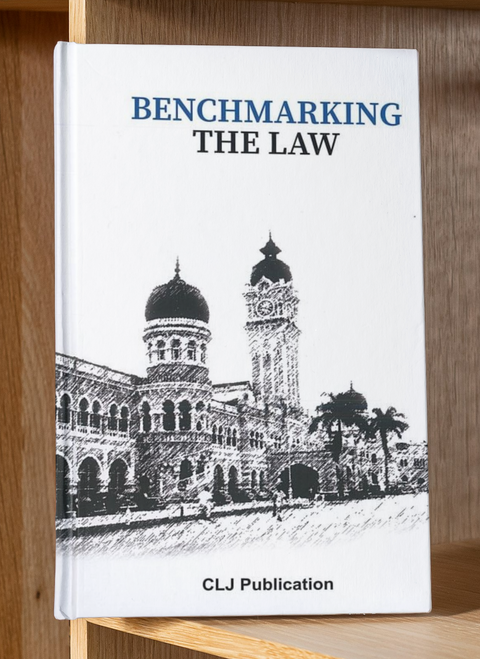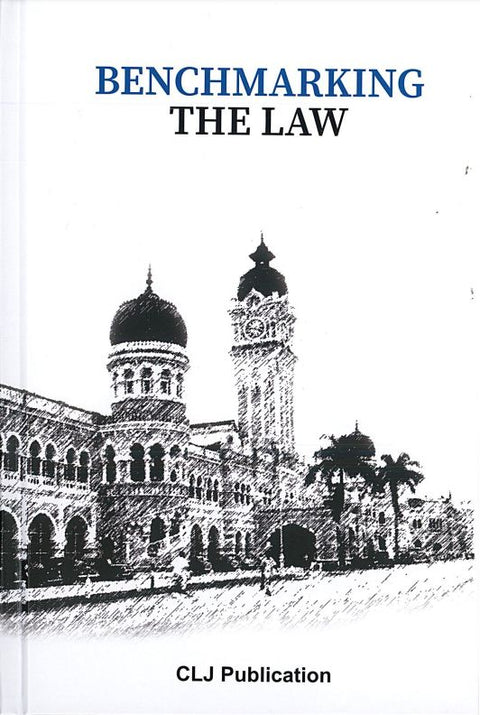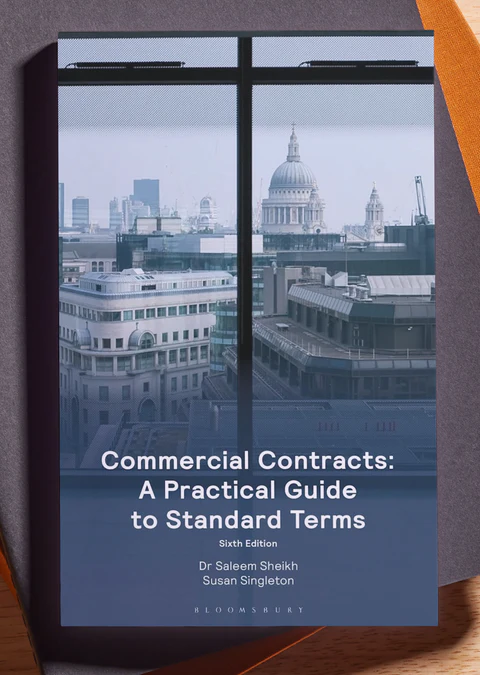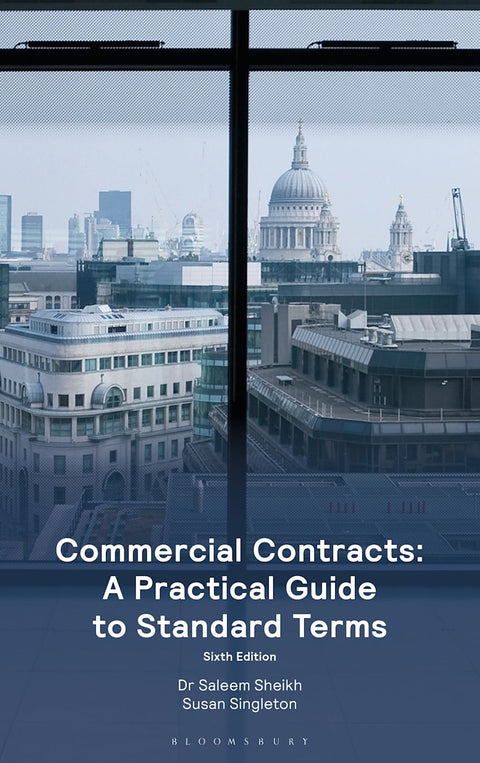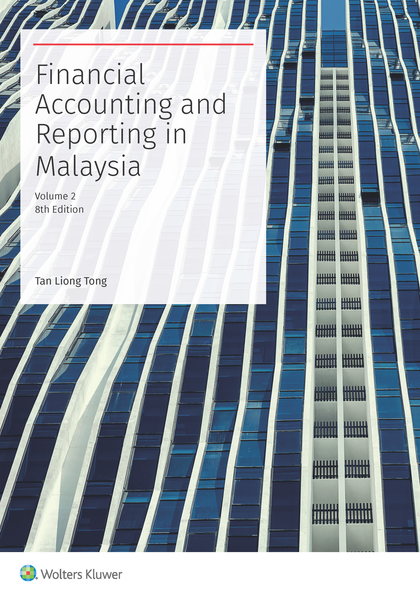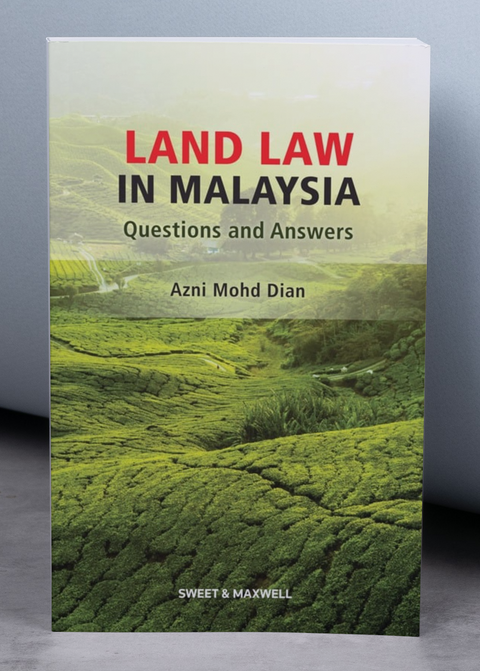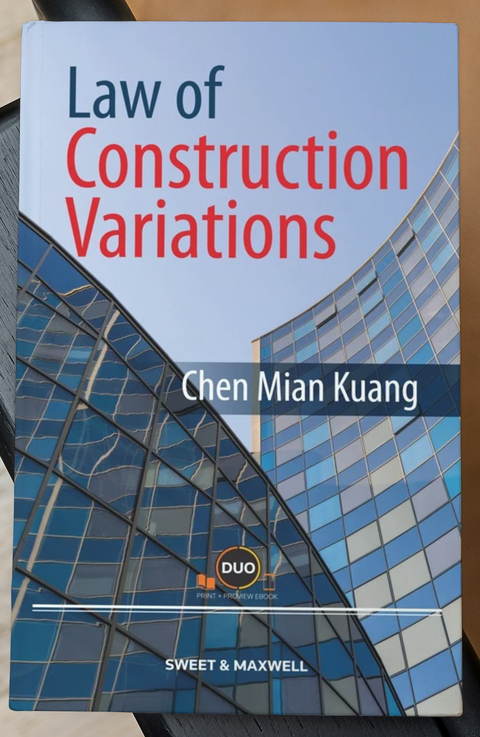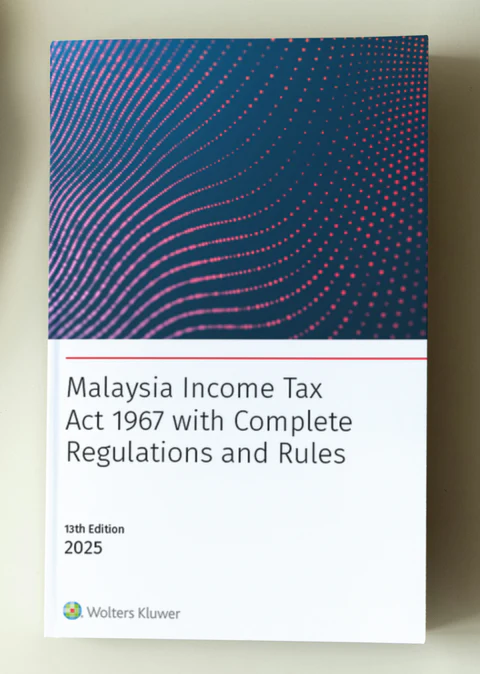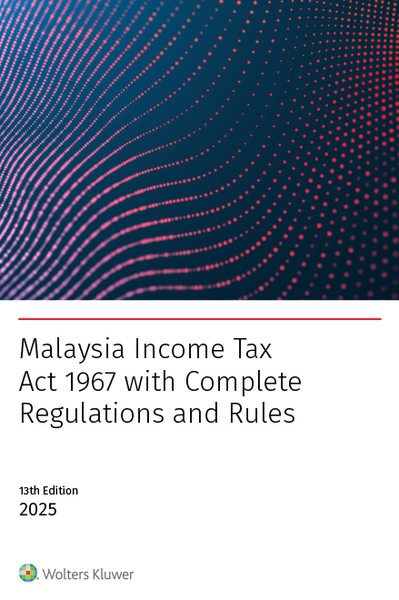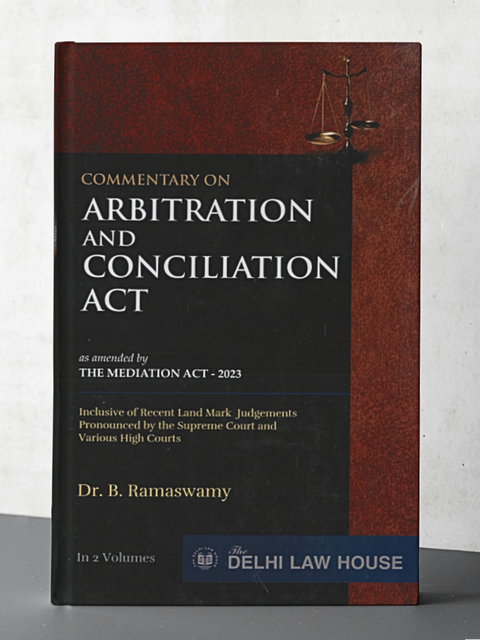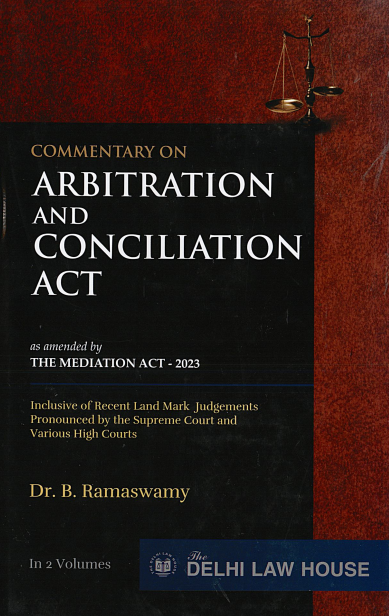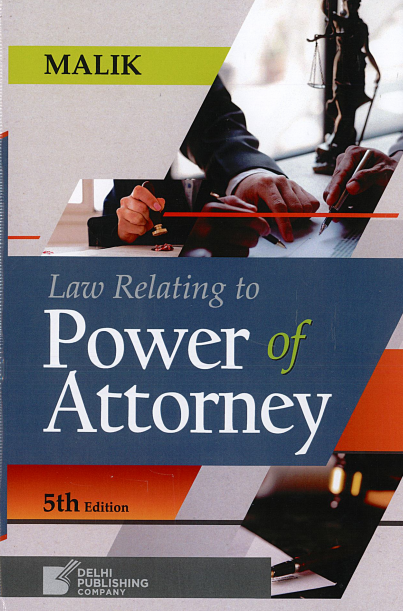




Law on Limitation Act 1963, 11th Edition | 2022
Law on Limitation Act 1963, 11th Edition | 2022
| Author | Basu |
| Publication Date | 2022 |
| ISBN | 9789388918312 |
|
Format |
Hard Cover |
| Publisher | Delhi Law House |
In response to the growing demand for an updated edition of this treatise, we have undertaken the task of publishing a revised version.
The Law of Limitation sets a specific time frame within which legal rights can be enforced in a court of law. The time limits for various suits are detailed in the Schedule of the 1963 Act. The primary aim of this Act is to prevent prolonged litigation and ensure the swift disposal of cases, thereby promoting effective legal proceedings. Typically, the Act applies to civil cases, except where explicitly stated otherwise. Importantly, the Law of Limitation does not extinguish the underlying rights but merely bars the judicial remedy. This means that while it specifies the period within which legal proceedings must commence, it does not limit the time for presenting a defense in such actions.
The original right to sue remains intact, with Section 27 serving as an exception. According to Section 3, any suit, appeal, or application filed after the prescribed period must be dismissed as time-barred. However, these rules are not designed to destroy substantive rights but to ensure timely litigation. Section 3 emphasizes that while the remedy to enforce a right may be barred, the right itself is not extinguished. The Act restricts the plaintiff from initiating an action in court after the limitation period but imposes no such restriction on the defendant's ability to present a defense, even if the claim itself is time-barred.
The Limitation Act also acknowledges the concept of condonation of delay, allowing for an extension of the prescribed time in certain cases where there is sufficient cause for the delay. The term "sufficient cause" refers to legitimate and reasonable grounds that convince the court the applicant was prevented from timely action. The determination of sufficient cause rests on the court's discretion and the unique circumstances of each case. This flexibility ensures that the provisions of the Act facilitate substantial justice between the parties.
The time at which the limitation period begins to run is determined by the nature of the case and is specified in detail within the Act’s Schedule. Generally, it commences from the date a summons or notice is served or the date of the decree or judgment.
We have made every effort to revise this treatise thoroughly, incorporating recent courtroom developments at relevant points. A detailed Subject Index has been included for ease of reference. We hope this updated edition will receive appreciation from the legal community.
Latest releases
Get your copy today!




